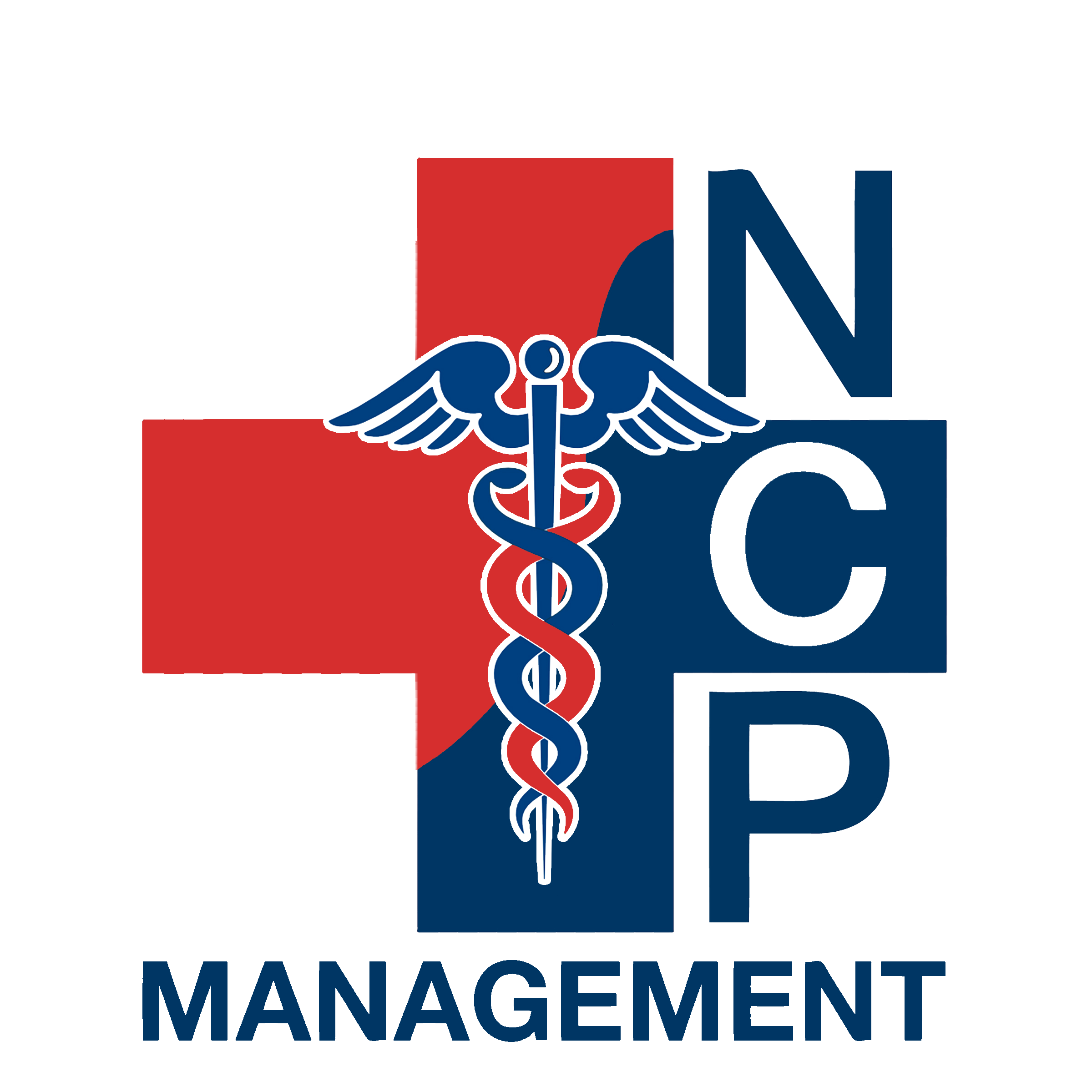
Key Performance Indicators
Key performance indicators (KPIs) refer to a set of quantifiable measurements used to gauge a company’s overall long-term performance. If KPI’s are met, this is an indicator of good standing health within an organization.
We’re going to go over the 5 KPI’s that act as healthcare standards for any practice or company to follow.
Patient Satisfaction:
Patients are what keep our practices alive. It’s important to know if you’re not doing it right, there’s competition out there that is. The patients experience will come down to ‘how easy was my coming in, and how easy was leaving and the follow up?”. Efficiency is just as important for the patient as it is the staff.
Low ER wait times are a big deal. Nobody wants to wait for hours to be seen in an emergency room. If a patient feels they have a real emergency they expect to be seen immediately. While healthcare is unpredictable this isn’t always reality, but the less amount of time they’re waiting the more satisfied they’ll be. There are many factors throughout the KPI’s you’ll notice that will streamline your practice for more efficiency, naturally resulting in shorter wait times.
An smooth check-in process should also be implemented. This is where technology comes in. Paperless check in not only reduces your carbon foot print but can provide the patient with an easy start to the process. This technology can also allow for the patient to do a pre check-in, avoiding the hassle of doing so at the time of their visit.
Billing is one of the biggest fears and setbacks between patients and healthcare. Because the average Joe doesn’t know much about how medical billing works, transparency is key. Nothing nettles a patient more than receiving a bill they don’t understand without any reasoning. This can easily be avoided by providing a case manager to walk the patient through their explanation of benefits, and be the main point of contact for billing related questions from the moment they walk in the door to days after leaving.
Physician Satisfaction:
A happy patient creates for a happy physician, and vice versa. Maintaining the overall wellbeing of your physicians is as simple as providing minor conveniences.
Communication is a requisite for any physician. They must feel they can always communicate a concern with someone, and in turn those concerns will be resolved in a timely manner. Knowing there’s effective communication will give a physician confidence in coming back.
Physicians naturally employ a fast paced lifestyle. The idea of waiting, when they could be of help to a patient doesn’t sit well. This is especially the case for surgeons. With a tight schedule, there’s no room for error. A slow turnover rate in an OR can throw off a whole surgery schedule. A slow turnover rate in and emergency room or inpatient room can put the whole department behind and cause longer wait times and physician waiting periods. Quick and proficient turnaround times are crucial to physician satisfaction.
Physicians often work closely with nurses, and often relying on them for continue patient care. A physician must be confident in any nurse they’re are trusting to leave their patient in the hands of. Highly skilled and competent nurses are a must for physician and patient trust.
Finance:
Client retention is based off revenue and profitability within a company, with that said billing is an integral part of any company. You must always be sure your billing practices are solid and your revenues are consistent. If you’re doing it right, you should always show profitability.
Growth:
There are 2 main phases of growth within your practice. While growth is crucial for any business, It’s important you finish out phase 1 of growth first.
Phase 1 refers to your growth within your current position and what resources you’re currently working with. One can prove growth within a single company and location for many years until necessary to move to phase 2. Once you’re at 100% capacity within your current resources, it’s not until then should you consider moving on to phase 2 of growth.
Sustainability:
All systems and processes within your organization must be designed for long term sustainability. The most detrimental thing when managing sustainability is having a process that relies on one person. Each process must be self-sustainable, so you don’t lose performance indicators if there is a change within that process.
If all Key Performance Indicators aren’t going right at all times, your growth will fluctuate. Instead all should remain consistent.
Be the paragon to your competitors, with a little commitment and harmony amongst each department, you can achieve maximum performance within your company.
See how NCP Healthcare Management can help you achieve maximum performance and profitability within your healthcare company.
